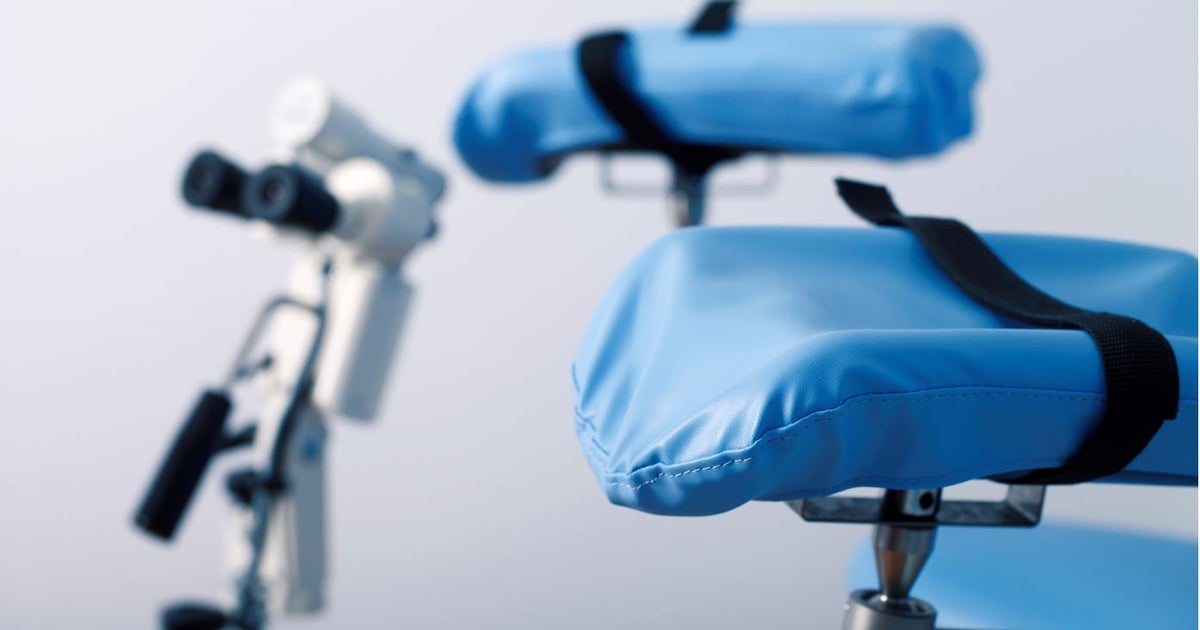U Of M's Raptor Center Giving Snowy Owl 2nd Chance To Fly
MINNEAPOLIS (WCCO) -- A snowy owl who came to Minnesota after being injured in Washington, D.C. is recovering after a unique procedure.
The young snowy owl may have been keeping warm on a Washington, D.C. chimney when things got too hot.
"What appears to be a spontaneous eruption of heat and they jump up and open their wings to fly and the heat is so intense it just singes all those feathers," Lori Arent of The Raptor Center said.
Burning those big feathers makes them useless for flying.
"What we heard initially, and again we can't confirm it, that he was (also) hit by a bus. Whether or not that's true, we don't know. He definitely had some type of frontal impact," Arent said.
Fortunately, the University of Minnesota's The Raptor Center has an international reputation for handling cases like this. They save flight feathers from bird patients that do not survive. Those feathers can then be used to get birds, like the D.C. owl, back into the air.
"So, I knew that I would need flight feathers and tail feathers from a second year male snowy owl," Arent said.
Arent described in detail how the procedure was done.
"I basically took about two inches of bamboo for each feather and I whittled it so that half an inch would fit into the hollow shaft of the new feather, the replacement feather," she said. "Then, I did that for all the feathers I was going to replace. When the bird was out on the table, I then fit the new feathers so they'd be the right length, and then I whittled the rest of it so that it would fit inside the shaft that remains on the bird. Then, once they're all fitted, I then glued them in using a 5-minute epoxy."
The snowy owl should molt in the months ahead and grow new flight feathers. His transplanted feathers should allow him to be released as soon as he regains his strength for flight.



